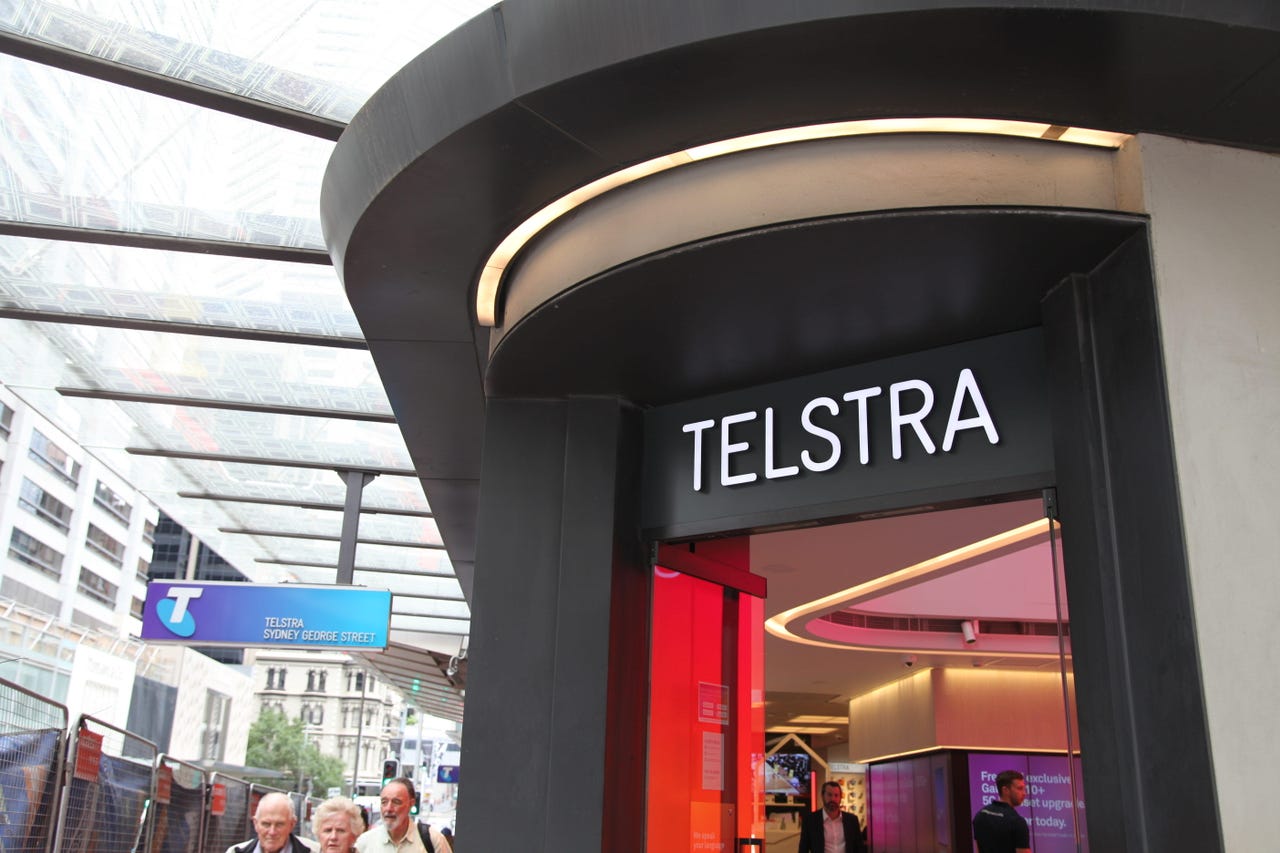Telstra seeing one in four Android handsets sold being 5G capable

Telstra is seeing a quarter of its Android phones sold since July be 5G capable, the telco said at its investor day on Wednesday.
"They are skewing to higher plans, the people who are choosing 5G," Telstra consumer and small business executive Michael Ackland said.
"We are seeing a high percentage of port ins from competitors on those 5G devices."
Ackland added that 5G users are typically doing 60% of their downloads on the new network.
In its new plan structure announced earlier this year, the telco is waiving the AU$15 a month charge for 5G data on AU$80 and AU$100 a month plans that it will be introduced to cheaper plans in June next year.
Yesterday, Telstra announced it was now selling the Samsung Galaxy A90 5G for a price of AU$1050, which Ackland described as a mid-tier device.
On Wednesday, the telco announced it was extending the reach of its 5G network with 15 additional regional cities in Australia's eastern states having coverage switched on.
Those cities are Albury-Wodonga, Ballarat, Bendigo, Bundaberg, Cairns, NSW Central Coast, Coffs Harbour, Geelong, Ipswich, Newcastle, Port Macquarie, Rockhampton, Townsville, Wagga Wagga, and Warrnambool.
"In terms of our dense population coverage, proportion of devices that we're selling that are 5G capable, we are probably second only to Korea," Telstra CEO Andy Penn said.
For the Internet of Things, Telstra network engineering executive Channa Seneviratne added the telco would soon have almost 4 million square kilometres of narrowband IoT network coverage, thanks to being able to expand its coverage on individual sites from 100kms out to 120kms, which is due to arrive early in 2020.
The company also announced it was moving its mobile backhaul and towers to sit inside its InfraCo unit, which would add an additional AU$900 million to InfraCo's asset sheet, bringing its asset total to AU$11.7 billion.
Earlier on Wednesday morning, Telstra was handed a formal warning from the Australian Communications and Media Authority (ACMA) for failing to notify mobile broadband customers of excess usage charges.
"The issue was caused by Telstra's systems being set to send SMS notifications which were unable to be received by broadband customers not connected with a mobile phone account," ACMA said.
The issue was found to happen for almost six years, between September 2013 and May 2019, and was reported by Telstra to ACMA. Telstra has automatically refunded customers who lodged a complaint or incurred an excess usage charge of AU$5 or less, and written to other customers to claim a refund online, ACMA said.
"The ACMA has asked Telstra to report regularly on its progress of refunding affected customers until all customers have been reimbursed," ACMA chair Nerida O'Loughlin said.
"Consumers have a right to make informed decisions about their broadband use, and by failing to send these notifications in the correct format people have had to pay excess usage charges without sufficient warning."
Related Coverage
Telstra calls for Australia to undergo national cyber stocktake
Telco also wants repeat of 2016 ASX 100 cyber check survey.
Telstra to contact NBN customers on slow services
Customers with high speeds plans on connections not capable of those speeds to be offered refunds.
Telstra to provide WA Police with 3,000 iPhones
The Police Force is also developing apps for its officers, which will allow statements to be taken in the field and eventually enable officers to write and post traffic infringements.
Some of NBN's 8,000 non-serviceable premises waiting over 36 months: Telstra
Telstra worried that NBN does not have a plan to deal with left-behind premises.
Telstra kicks off AU$7m Torres Strait mobile upgrade
It will deliver improved internet access across 14 of the region's island by 2021.
